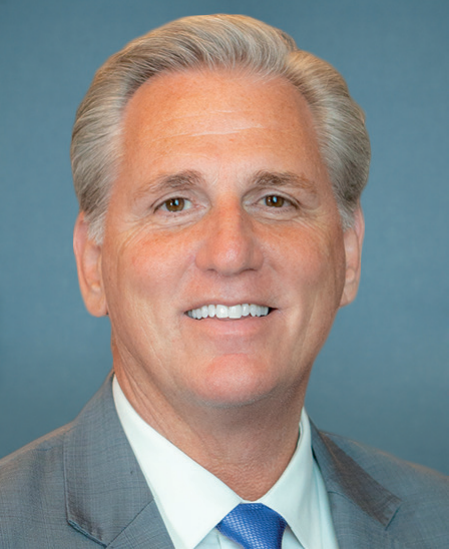Helping Out More Deadbeat Dams
Speaker McCarthy, courtesy of the Congressional Pictorial Directory, 2021.
Getting dams built nowadays requires taxpayer subsidies — and easing the regulatory path also seems to be necessary. Needless to say, this is an interest of the speaker of the House of Representatives, Kevin McCarthy (R-Bakersfield).
Rep. McCarthy capitalized on the deal that Senator Manchin (D-West Virginia) struck with Senate Majority Leader Schumer (D-New York) last year to get the bipartisan infrastructure passed in the Senate. Senator Manchin’s final price was easing the National Environmental Policy Act’s (NEPA) applications for energy projects, including for coal and pipeline projects. Last year, many members of Congress revolted, and Manchin’s amendments did not pass.
But this year, taking advantage of the quaint Congressional custom of capping the Department of the Treasury’s ability to pay government debts, McCarthy was able to make the NEPA so-called “streamlining” one of his successful demands to avoid the potential first U.S. default.
There’s been an early analysis of the damage, but there will be more to come.
Manchin remains interested in doing more damage of course — the applicability of the Clean Water Act to energy project licenses and permits remains in his sights. And Speaker McCarthy still has his sights on the California Wild and Scenic River Act’s protection of the McCloud River, protection that prevents raising Shasta Dam.
Alas, there will be other “must pass” bills that Speaker McCarthy can take hostage. The obvious hostages being the appropriations bills that fund the federal government and the supplemental appropriations that finance disaster recovery expenses as well as U.S. assistance to Ukraine, the second-largest country in Europe, currently under attack by the Russian federation, the largest country in Europe.
Resources
Early analysis of the NEPA streamlining: Legal Planet analysis, NPR analysis

